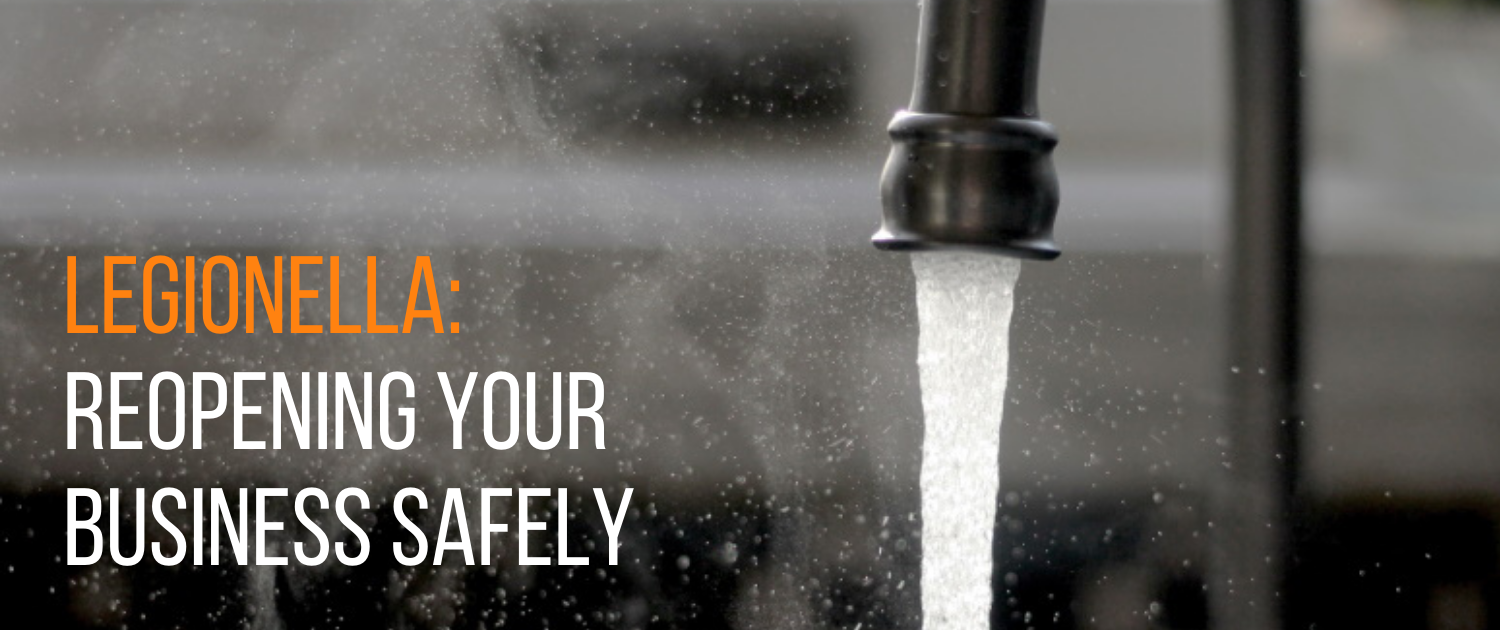Written by: Griffiths & Armour on: 24 Feb 2021
Legionella: Re-opening Your Business Safely
Following the announcement on Monday 21st February by the Prime Minister outlining the UK Government’s plan to begin a phased relaxing of Covid-19 restrictions and re-opening of some sectors of the economy, many businesses and organisations that have been closed or have moved their workforce to home working arrangements will have already been preparing for a much anticipated return to some form of occupancy of their offices and supporting functions.
In doing so, it is imperative that your management of water systems throughout your offices and facilities are risk assessed.
If you manage a business or organisation that has largely moved to home-working principles, subsequent demand for water in pre-pandemic volumes will have significantly decreased as a direct result of enforced systematic shutdowns.
If not managed carefully, this type of situation provides the perfect breeding ground for legionella, as some internal water sources might have been left to stagnate thanks to low turnover of water supply. The temperature of water pipes could also have warmed to room temperature levels, while other risk factors that might impact on changes are a disruption in normal patterns of engineering on site due to staff absence caused by illness, self-isolation or the introduction of travel restrictions causing difficulties for regular maintenance to be carried out.
All business owners, employers and those duty-holders in control of premises and / or with health and safety responsibilities should now begin to consider and formulate a plan for re-commissioning water systems to ensure that they are safe and free from the risk of Legionella contamination ahead of start-up.
Where a building, part of a building or water system has been mothballed during the current lockdown, legionella controls may have been relaxed. The mothballing procedures should ensure that microbial growth, including legionella in the water is adequately controlled. In general, water systems are left filled to prevent biofilm developing, as well as reducing the potential for joint failures and corrosion.
It should be assumed that there will be a greater level of bacteria and biofilm present within water systems than normal, and so suitable precautions need to be taken, such as minimising employee exposure, limiting aerosol, and provision of appropriate respiratory protective equipment (RPE).
Here are three specific areas that should be considered as part of a broader risk assessment being implemented ahead of start-up:
Flushing
As a minimum, hot and cold-water systems should be thoroughly flushed with fresh mains water. Systems incorporating tanks, calorifiers, showers and complex pipework will require more extensive flushing, followed by cleaning and disinfection. During flushing all valves should be operated in the fully open position so that any particulate matter can be flushed through. Valves may need to be removed in some instance to ensure flushing is effective.
Cleaning and Disinfection
A single simple disinfection (50ppm of chlorine for an hour) may not be adequate, and further disinfection may be required. It is important to monitor the decrease in disinfection over the course of the contact time.
Sampling
It is important to confirm and evidence that recommissioning has been completed safely. HSE guidance suggests samples should be taken 2-7 days following recommissioning and not on the day of disinfection. Follow up samples may need to be considered as part of the recommissioning plan.
Irrespective of whether your office or premises has been partly or fully closed for an extended period, systems should be subjected to a new risk assessment to establish the current position in your organisations facilities. Every aspect needs to be thoroughly reviewed to ensure that water services are both fit for purpose and most importantly, safe to use in advance of returning your office or facilities to normal operations.
Do you have any questions or require additional support?
If you have any questions regarding this article or other risk management or insurance related matters, please get in touch with us and we will be happy to answer any questions you have. If you are a Griffiths & Armour client, you can already get access to more guidance and helpful documents including risk assessment templates by logging into your RMworks risk management online platform.
If you would like a copy of the HSE Guidance on the control of legionella bacteria in hot and cold water systems please click here








